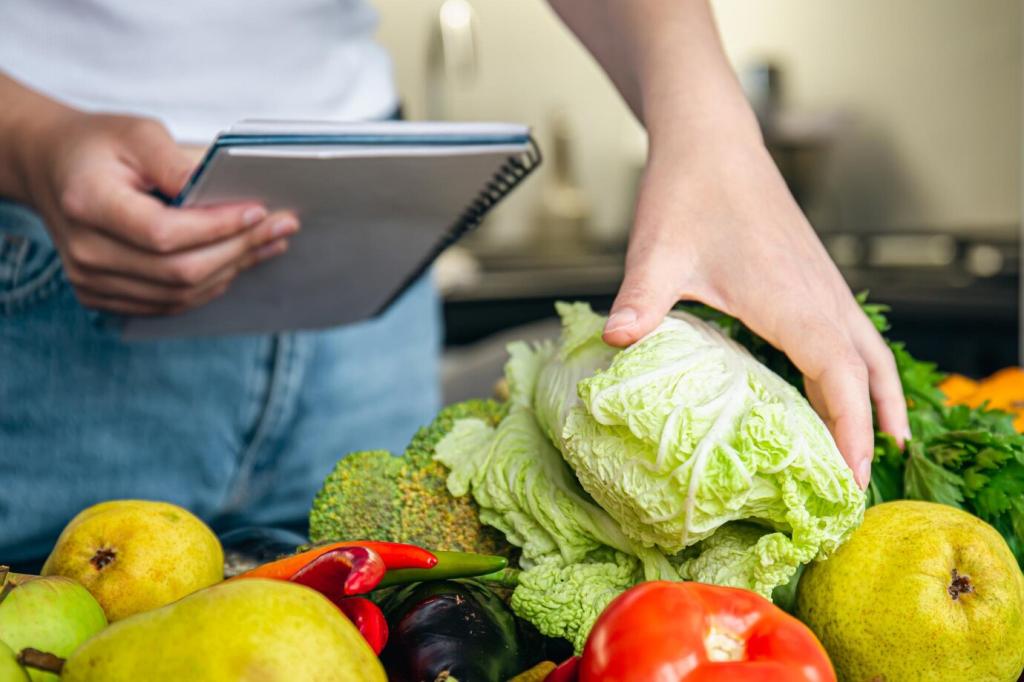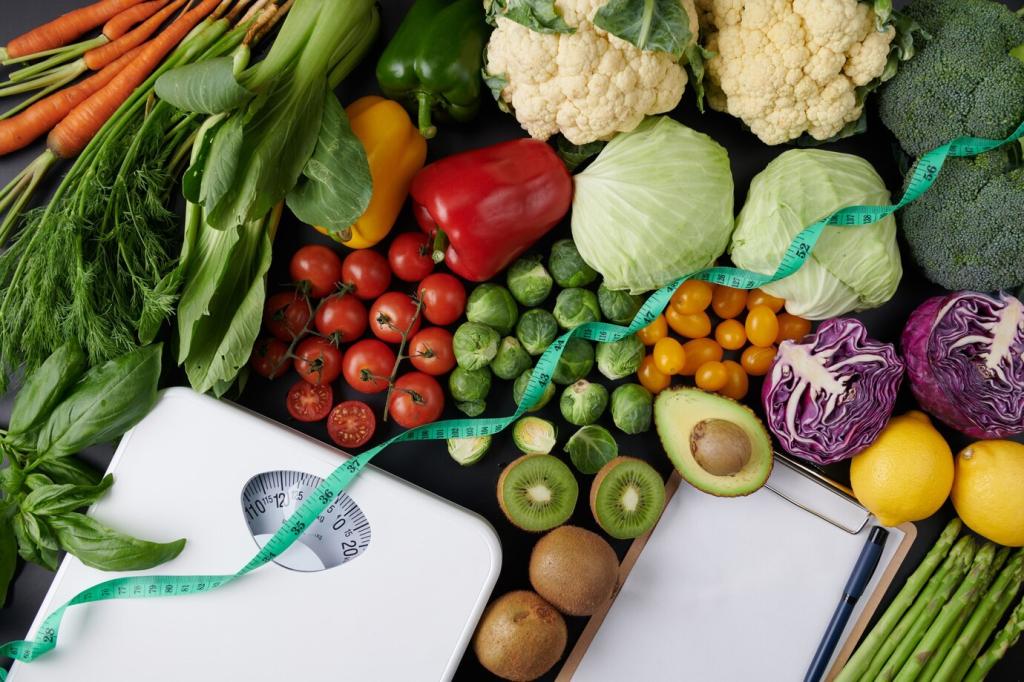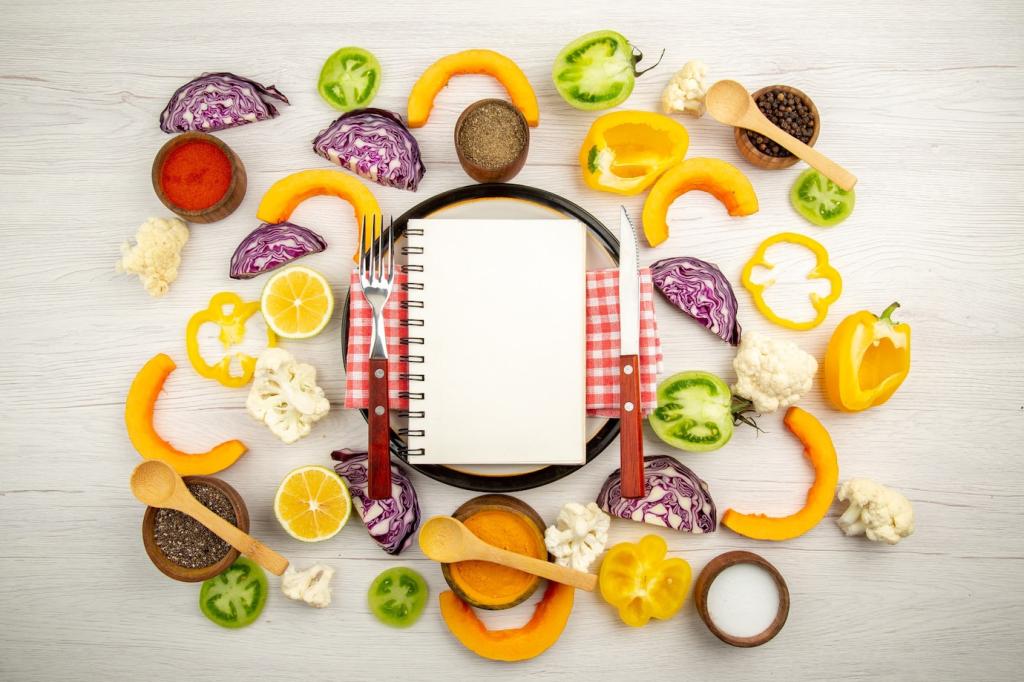Hydration and Exercise: Essential Tips for Success

Losing just about two percent of body mass through sweat can noticeably slow pace, elevate heart rate, and blunt decision-making. That tiny margin often separates a personal record from a frustrating fade in the final minutes.

Dehydration reduces plasma volume, making each heartbeat work harder while limiting sweating’s cooling effect. Core temperature rises faster, perceived effort spikes, and oxygen delivery suffers, especially during intervals, hills, or long, relentless bouts in the heat.

I once coached a 10K runner who skipped fluids on a breezy spring day, assuming cool air meant low sweat. He led early, cramped late, then learned to measure losses and practice mid-run sipping.
Before You Train: Smart Pre-Hydration
Time Your Intake
Drink roughly five to seven milliliters per kilogram of body weight about three to four hours before training. If urine remains dark or minimal, add three to five milliliters per kilogram about two hours before starting.
Salt Starts the Plan
A modest sodium start improves fluid retention and encourages thirst. Try a small salty snack or electrolyte tablet with water, especially if you’re a heavy sweater or training in heat where losses accelerate quickly.
Quick Morning Checks
Simple checks help: note thirst on waking, scan urine for a pale straw color, and compare morning body mass to your baseline. If it’s down noticeably, gently top up across breakfast and commute.
During Exercise: Flow, Not Flood
Know Your Sweat Rate
Weigh yourself nude before and after an hour session, tracking any fluids consumed. Each kilogram lost equals roughly one liter of sweat. Most athletes do well targeting about 0.4 to 0.8 liters per hour, adjusted individually.
Electrolytes in the Right Range
Electrolytes help maintain fluid balance and drive thirst. Typical ranges are about 300 to 700 milligrams of sodium per liter, with heavy or salty sweaters sometimes pushing toward 1,000. Avoid overdrinking plain water during very long events.
Fluids and Carbs Together
For efforts beyond an hour, combine fluids with carbohydrates to support performance. Aim for thirty to sixty grams per hour, and up to ninety for ultra-endurance, using blends of glucose and fructose to maximize absorption and comfort.
Heat, Altitude, and Cold: Your Context Matters
High heat and humidity limit cooling because sweat evaporates slowly, so core temperature rises faster. Pre-cooling with ice slurries, extra sodium, lighter colors, and shady routes can steady pace while reducing perceived effort and post-session fatigue.


Heat, Altitude, and Cold: Your Context Matters
At altitude, drier air and increased breathing rate raise fluid losses even in cool weather. Expect more bathroom trips early. Build slightly higher intake, add electrolytes, and monitor sleep quality, as dehydration can worsen headaches and restless nights.


Micro-Habits That Stick
Anchor new hydration habits to existing cues: fill your bottle when you start the coffee maker, take three sips before lacing shoes, and set a gentle timer every twenty minutes during long sets to check thirst.

Race-Day Logistics and Hygiene
Plan logistics ahead: label bottles, test mixes on easy days, and map aid stations or water fountains. Bring backups in your bag, and keep electrolyte packets in the car so cramped calendars do not derail consistency.

Join the Conversation
Join the conversation below with your sweat rate number, favorite recovery combo, or hardest lesson learned. Subscribe for weekly briefs, and invite a training partner who needs a nudge toward smarter hydration habits.
